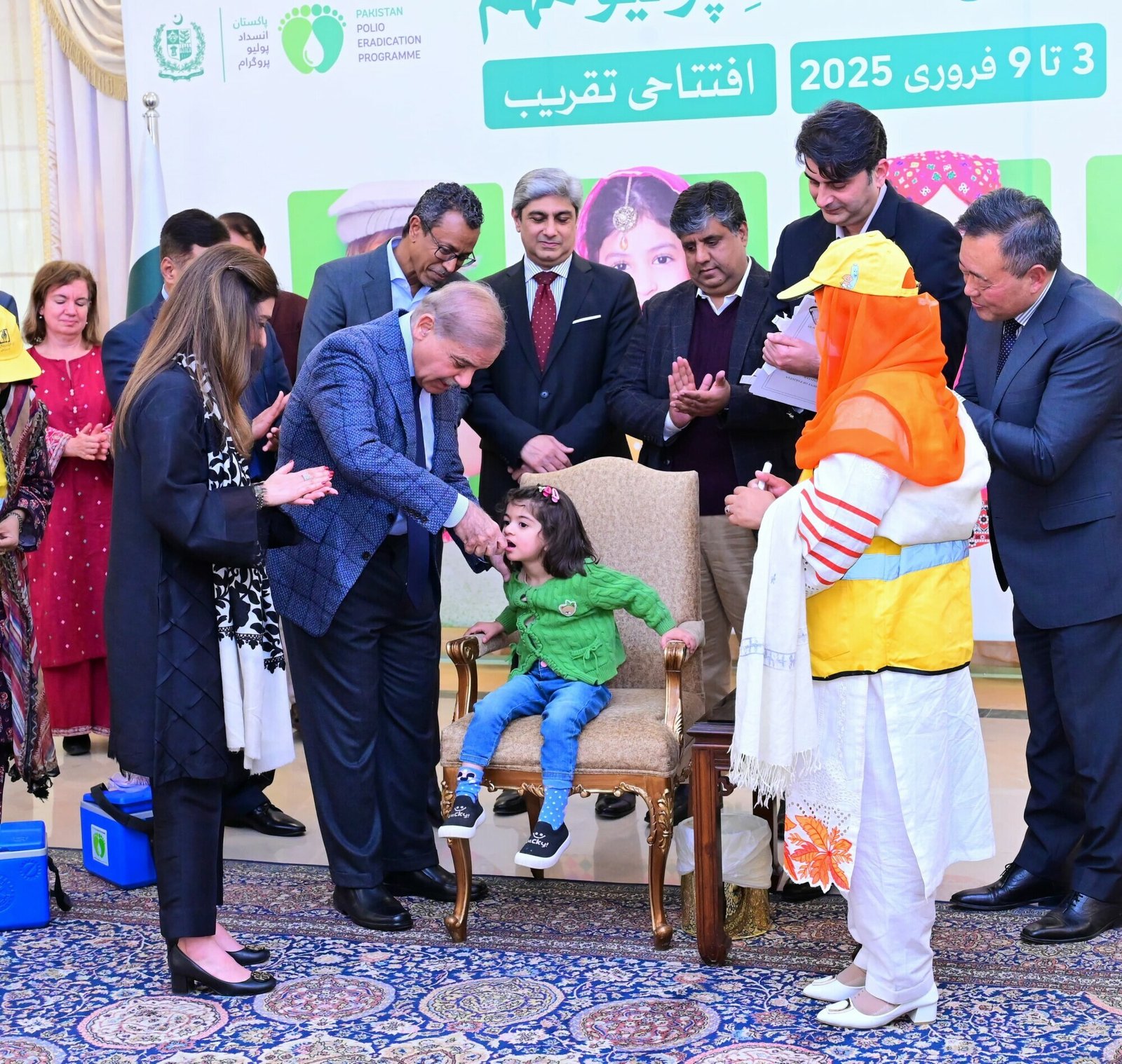Thick, toxic smog is currently enveloping eastern Pakistan and northern India, as revealed by striking satellite images. A vast gray cloud covers Pakistan’s Punjab province and extends into India, impacting areas including the capital, New Delhi. This severe pollution has led Pakistani authorities to shut down schools and public spaces due to health concerns affecting millions.
Recent visuals from cities like Lahore and Multan show the dense haze obscuring streets and buildings. Each winter, pollution levels in the region typically rise, primarily due to agricultural waste burning, coal-fired power plants, traffic, and stale weather. Cold, dry air tends to trap pollutants close to the ground, making air quality particularly poor this season.
Satellite images captured on November 10, 2024, reveal the unprecedented extent of the smog over Punjab and parts of northwest India compared to earlier images in August. While many South Asian cities grapple with pollution annually, officials in Lahore have described this year’s situation as unparalleled.
The air quality index in some areas of Punjab has registered over 1,000, with readings above 300 classified as hazardous. For example, the PM2.5 levels in Multan recently exceeded safe limits established by the World Health Organization by more than 110 times. These fine particles can penetrate deep into the lungs, leading to serious health issues such as asthma, heart disease, and cognitive impairments in children.
Hospitals in Pakistan are experiencing surges in patients suffering from pollution-related ailments, with over 30,000 individuals reportedly treated for respiratory issues in heavily affected districts. The Environmental Protection Agency of Pakistan noted a drastic increase in cases of lung diseases and other respiratory conditions in regions like Faisalabad, Multan, and Gujranwala, where air quality remains dangerously poor.
In response, authorities have extended restrictions, closing schools, parks, and historical sites, and limiting outdoor activities across multiple districts, including Lahore. Efforts are being made to keep people indoors and minimize travel, as children are particularly vulnerable to the health impacts of air pollution. Additionally, emergency medical services have been bolstered to handle the surge in patients, and public awareness campaigns have been launched to educate people about the health risks and preventive measures.
Khuram Gondal, the country director for Save the Children Pakistan, underscored the broader implications of air pollution and rising temperatures on children’s health and education. He stressed the imperative need for immediate government action to tackle this persistent problem, while officials have initiated communications with the Indian government to address the issue collaboratively.
With millions dying each year from air pollution-related diseases, the situation highlights the urgent need for effective solutions to combat this growing crisis. The crisis is exacerbated by climate change, which can lead to more frequent and severe weather conditions that trap pollutants, and fossil fuel dependence, which is a major contributor to air pollution.

















